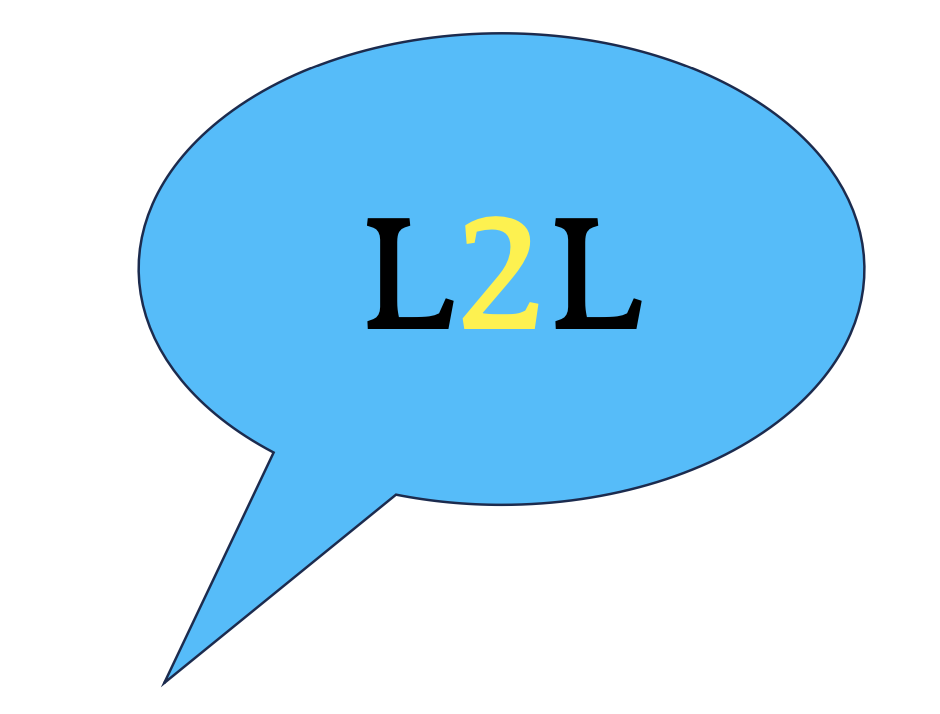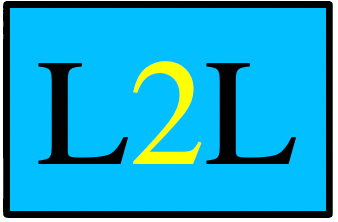GLA Committee explores Community Consultation
- claredelmar
- Nov 29, 2023
- 3 min read

Last Thursday, 23rd November, I joined a panel of “experts” to answer questions from the GLA Oversight Committee about best practice when consulting the public on new or amended initiatives, policies and projects.
The panel, assembled by the Committee, included representatives from the Consultation Institute, “a leading not-for-profit best practice Institute and membership body, promoting high-quality cross sector public and stakeholder consultation standards”; the Project Centre, a multidisciplinary design, engineering and landscape architecture consultancy and part of Marston Holdings; and
London TravelWatch, London’s independent transport watchdog.
The Committee Chair opened the meeting by asking each panellist to put forward what they consider to be the three most important things for good community consultation.
Adding to the list which included transparency, visibility, accessibility and integrity, I suggested
1. Aim to reach the grassroots members of a local community – not just the most visible, loudest and organised members
2. Identify the low hanging fruit in local communities that will attract widespread interest and support, aiming to build trust, deliver measurable outcomes and enable further progress
3. Offer hope and a realistic vision of a better future. Those impacted by a project, policy or initiative will usually show support if they can see genuine improvement to the status quo.
Appropriately, it was suggested that community consultation is not the same thing as community engagement, and that the former often determines the tone and ultimate success of the latter. It was acknowledged that a poor consultation can erode trust and at worst alienate community members and undermine successful engagement.
I felt it was imperative to point out that consultees, whether they are local residents, user groups, businesses or other organisations often refuse to support a proposal for good reason. This must be respected and interrogated; the dreaded Nimby label too often is applied without understanding the needs and aspirations of consultees, and consultations too often create fear, uncertainty and doubt amongst consultees.
Worse, consultations are too often designed to shift consultees’ views so that they ultimately concede to the aims of the project developer , as opposed to exposing and flushing out consultees’ concerns and responding constructively. This is fundamental to achieving the integrity and transparency that underpins best practice.
I also felt that the low-hanging fruit I repeatedly espouse as so essential to building trust and support is simply ignored on the majority of projects I see every day. Hoardings are one example – they provide a visible and ongoing opportunity to educate, inform inspire hope, and celebrate a local community. But too often they create fear, uncertainty and doubt.
I told the Committee that on my walk from Canning Town station to City Hall that morning, I passed what seemed endless hoardings protecting pedestrians from building sites (or is it the other way round?) which manifested as two extremes: completely empty of content, or overflowing with advertisements depicting highly aspirational images of urban living. Both are missed opportunities to build support and goodwill amongst the people who regularly pass by.
Lastly, it’s important to comment on the role of consultation guidance, which is something that the Committee is considering as an outcome to its review. I reminded the Committee that guidance has been presented to the GLA by Just Space via its Community-led Recovery Plan for London.
I also pointed out that official Guidance is good and can provide valued support to local planning teams as well as project developers, but needs to demonstrate an ability to progress with changes in circumstances and integrate new data, new events, and new attitudes.
There is a video of the meeting here.
Comments and thoughts are welcome.
Clare Delmar
Listen to Locals
29 November 2023




